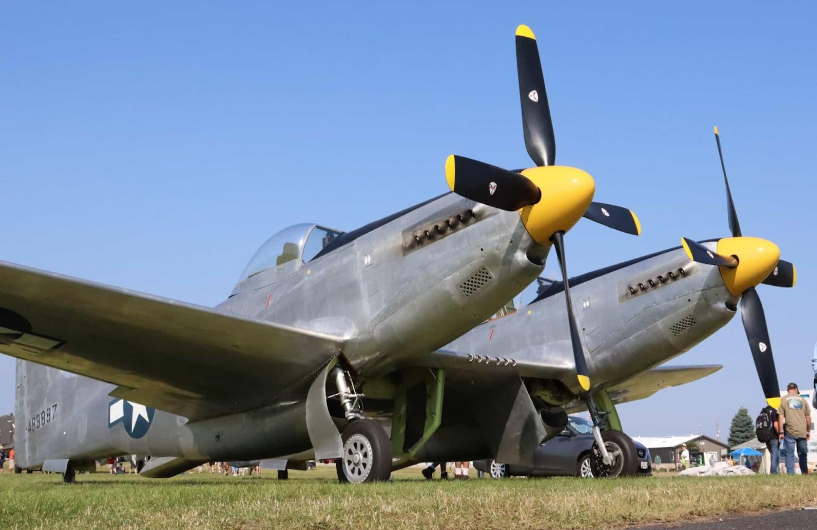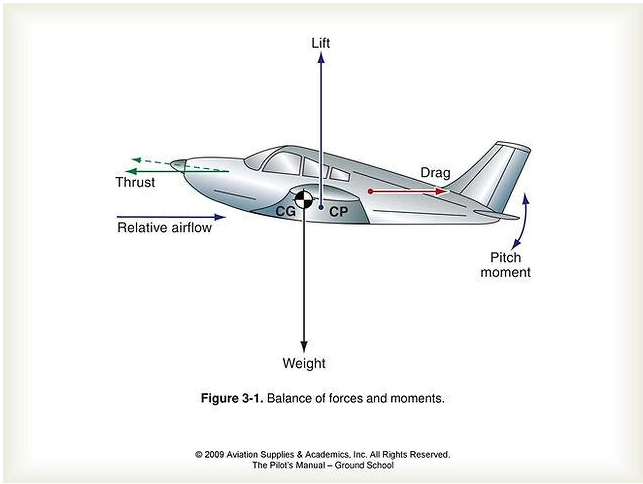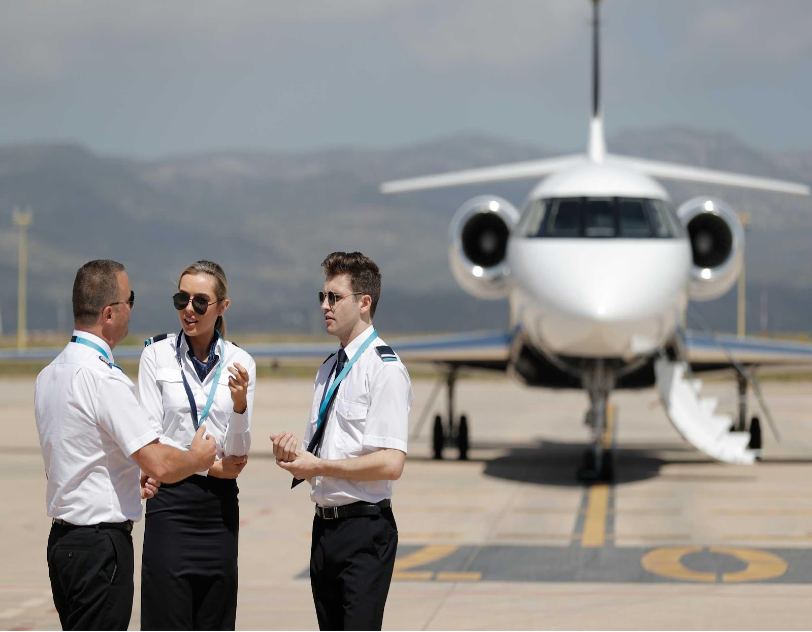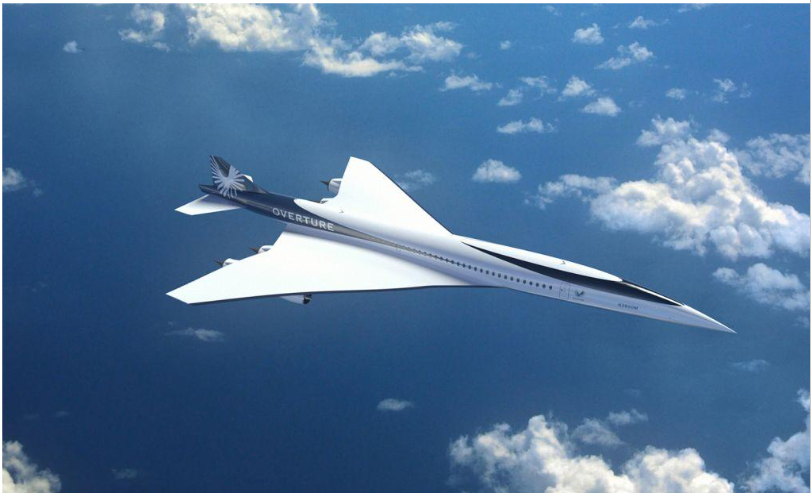Future flight conditions will certainly improve, but the main factors driving this developing pattern will be enhancements with technology and environmental concerns. In an immersive experience that travels us to the future, a group of young artists will show off the possibilities of supreme aviation and air travel. “BA 2119: Flight of the Future” in London looks at what aviation can look and feel like over the next 100 years.
The project is the initiative of the UK’s premier commercial airline to imagine the future of flight in digital and physical form. Based on research to identify what aviation could look like in 20 years, 40 years, 60 years and beyond – the team studied design and innovation themes for the next 100 years of flying. The idea is to imagine what this may look like – what are the possibilities for aircraft design and what will shape our expectations of air travel.
Supreme Aviation’s Ascent to Power
The standards of air travel are about to be redefined by supreme aviation, which is characterized by cutting-edge technology including hypersonic flight and competent propulsion systems. There are many amazing accomplishments and amusing stories from aviation’s past. Imagine traveling faster than five mph and crossing continents in a matter of hours as in contrast to days. This new chapter in supreme aviation history greets in a time of accuracy and simplicity.
Supreme Aviation’s global expansion affects more than aviation. Technology enhances safety, efficiency, and customer satisfaction. They formed a niche market and became a premium aviation brand by offering luxury amenities and customized experiences to discerning consumers.
Revolutionary Aviation Technologies
Leading planes use cutting-edge innovation. Sustainable fuel cuts fossil fuel use and climate change. Modern materials research, propulsion, and aerodynamics have made aircraft faster and safer. To cut expenses and emissions, Eviation and Zunum Aero are developing electric and hybrid aircraft. Green design and fuel-efficient engines save time and help the environment. Aerion and Boom Supersonic are building supersonic passenger planes to revive supersonic travel. Scientists are studying hypersonic transport, which travels five times faster than sound, for faster transoceanic flying. Airplanes use lightweight, durable materials like carbon fibre and composites. Their existence boosts fuel efficiency, maintenance costs, and design creativity. Pilots’ tasks are becoming simpler and safer because of cockpit technologies including situational awareness, user-friendly interfaces, and predictive maintenance.
Supreme Aviation’s Global Connectivity
Supreme flying is about more than speed when connecting people worldwide. On land and in the sky, supreme aviation offers several opportunities. As new technologies and job choices emerge, the sector is interesting and ever-changing. Shorter travel times allow more individuals from faraway regions to see various cultures and economies, increasing global participation and collaboration. Now is the right time to join the vibrant and fascinating aviation industry, whether you wish to fly or learn about alternative careers. Consider the commercial, tourism, and cultural understanding opportunities of unparalleled global connection.
A Traveler’s Account of First-Rate Air Travel
Ultimate flying gives passengers unique perspectives. To enhance mobility and minimize congestion caused by expanding urban populations, UAM ideas include air taxis and passenger drones. Shorter flight durations allow for more efficient and frequent study of diverse areas worldwide. Businesses are constructing Mach 5 jets to shorten flight time between continents. The onboard experience will also improve, giving more comfort and conveniences for the fast ride. Technology and connectivity shape elite aviation’s future. Imagine a world where borders dissolve, distances reduce, and all wonders are accessible.
Space tourism is boosted by commercial public space and suborbital excursions. R&D in aviation, where good supreme aviation is vital to global transportation, seems promising. Supreme aviation sees a future of boundless adventure via innovation and opportunity.
Supreme Aviation: Difficulties and Rules
The Supreme airplane has logistical and regulatory challenges like previous innovative technologies. Air traffic controllers keep aircraft on route and at safe distances. Safety, air traffic control, and international cooperation are needed to integrate these advanced jets into global airspace. Pilots get rigorous training, competency testing, and continuous education to stay current on safety measures. Few national and international regulatory entities need supreme aviation safety as much as the FAA and ICAO. The speed at which these constraints are overcome will determine aviation’s growth.
An accident should be properly examined to determine what went wrong and how to avoid it. This new age of ultimate aviation will link people like never before, and the world is ready to embrace its marvels. Maintenance and inspections keep planes flying and avoid problems.
Wrapping Up
Superlative flying is appealing, but environmental damage is serious. Aviation has progressed from primitive to advanced technology. To lessen environmental impact, sustainable aviation fuels and innovative design solutions are being researched. Pilot aficionados and aspirants have never had a better chance to enter this interesting sector. Supreme Aviation survival requires balancing development and environmental concern. Future aviation will be greener, faster, and more accessible by pushing flight limits. For more information visit SA_Airborne.








[…] we wrap up our investigation of Supreme Aviation’s global activities, it becomes clear that the company’s influence goes well beyond physical […]